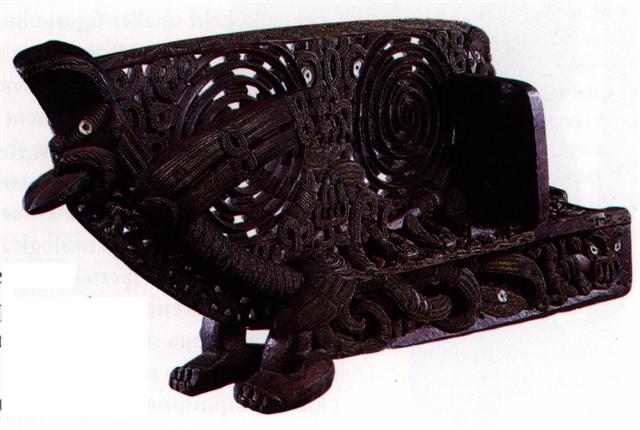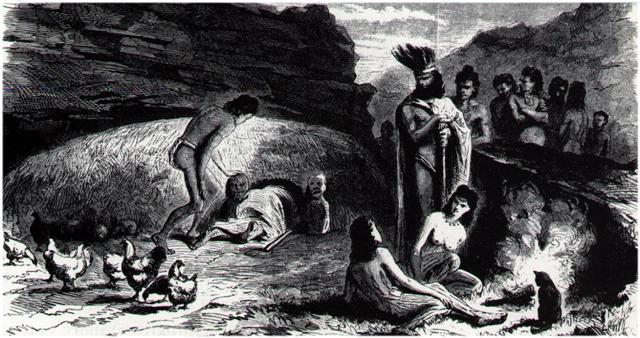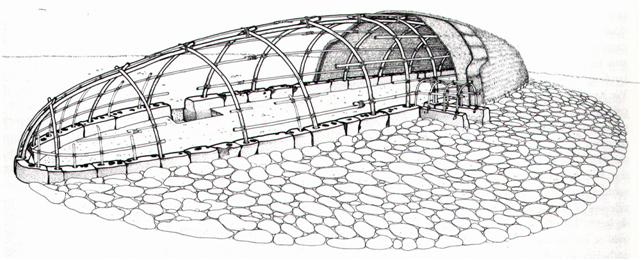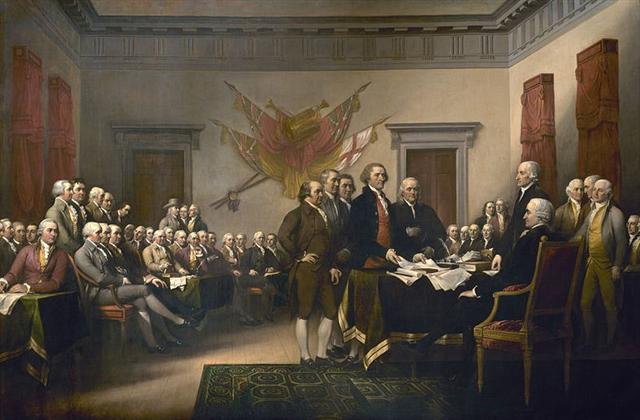251. Once again. The person to the right of Gb7-30 is evidently running towards the left (into the time-space past):
It is an example of the type of glyph which I have named oho, but which I early on for practical reasons decided to collect in my box for tagata, and a quick look there will reveal how most of these running people are leaving towards the left.
Oho. 1. To go: ka-oho! go! go away! (i.e. 'goodbye' said by the person staying behind); ka-oho-mai (very often contracted to: koho-mai), welcome! (lit.: come here); ku-oho-á te tagata, the man has gone. Ohoga, travel, direction of a journey; ohoga-mai, return. 2. Also rauoho, hair. Vanaga. 1. To delegate; rava oho, to root. 2. To go, to keep on going, to walk, to depart, to retire; ka oho, begone, good-bye; oho amua, to preced; oho mai, to come, to bring; oho arurua, to sail as consorts; hakaoho, to send, a messenger. 3. Tehe oho te ikapotu, to abut, adjoin; mei nei tehe i oho mai ai inei te ikapotu, as far as, to; kai oho, to abstain, to forego; hakaoho, to put on the brakes. 4. The head (only in the composite rauoho, hair). Churchill. Examples of what Metoro said can be assembled from my lists in parallel with his words, for instance on side a of the C text:
Possibly it means we should read the part of the text to the left of the center at Gb8-1 as moving withershins, in the direction opposite to that of the Sun. This idea could then be forcefully underlined by the reversed manu rere ('flying bird') in Gb8-5 (447 = 471 - 24). ... In the present phase of Polynesian lele so much means to fly that the plainest way of particularizing birds is to describe them as the flying animals, manulele. But to manifest that flight, an exercise or balancing of wings, was by no means the primordial sense, for how could that give rise to a description of water in the water-courses? It will be no end to mass the several significations which lele exhibits ... Flight of birds ... Wind drive ... Meteors ... To leap ... To run ... Flow of water ... To swim ... To sail ... These several activities are exercised in earth, air, and water. The common factor is the swift motion. The means of motion cut no figure. It is an invisible means in the driving of the wind, the flash of the meteor silent athwart the sky on its lethal errand, the slip and slide of the stream in its deep course, the set of the sea, the gliding of the canoe upon its surface ... As we have noticed when looking at side b of the E text withershins movement was sometimes proposed as the correct way to read by Metoro. These 107 days, I suggest, could also be regarded as a way to document the idea of nothing (no place, zero, pure imgination, mussel, macrouse, kea) in the Sun calendar; i.e. only a 'spiritual' idea. And as a kind of confirmation we can indeed find a pair of bivalves (clamshells) strategically located in the G text. When you put your ear close to a sea-shell you can hear what sounds like the sea, but it is not a substantial sea - it is only its spirit (breath).
... The Taoist philosopher Zhuangzi once had a dream of being a butterfly flying without care about humanity, however when he woke up and realized it was just a dream, he thought to himself 'Was I before a man who dreamt about being a butterfly, or am I now a butterfly who dreams about being a man?' In some old cultures, butterflies also symbolize rebirth into a new life after being inside a cocoon for a period of time ...
... Yet, canoes arrive outside Haga Roa. Possibly there is a correlation with the fact that only gods enter a canoe at its ends, while mortals enter 'midships' (as into a hare paega) ...
When the celestial bodies are flying or swimming below the surface of the earth, from their descent at the horizon in the west to their return through the hole in the horizon in the east, they have to move withershins. ... Now birds and fishes are born under the sign of the Yin, but they belong to the Yang. This is why birds and fishes both lay eggs. Fishes swim in the waters, birds fly among the clouds. But in winter, the swallows and starlings go down into the sea and change into mussels ...
|
|||||||||||||||||||||||||||||||||||||||||||||||||||||||||||||||||||||||||||||||||||||||||||||||||||||||||||||||||||||||||||||||||||||||||||||||||























